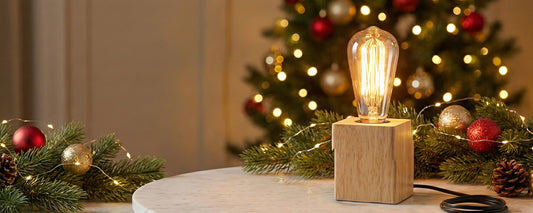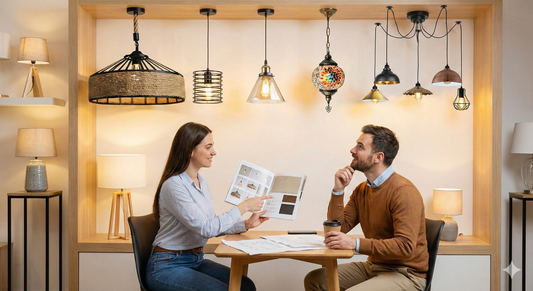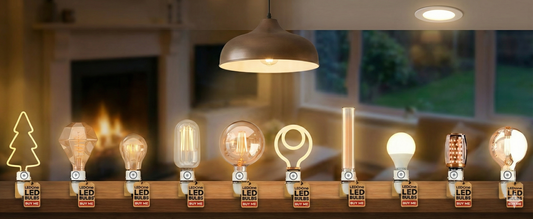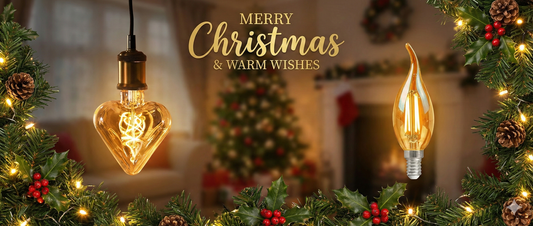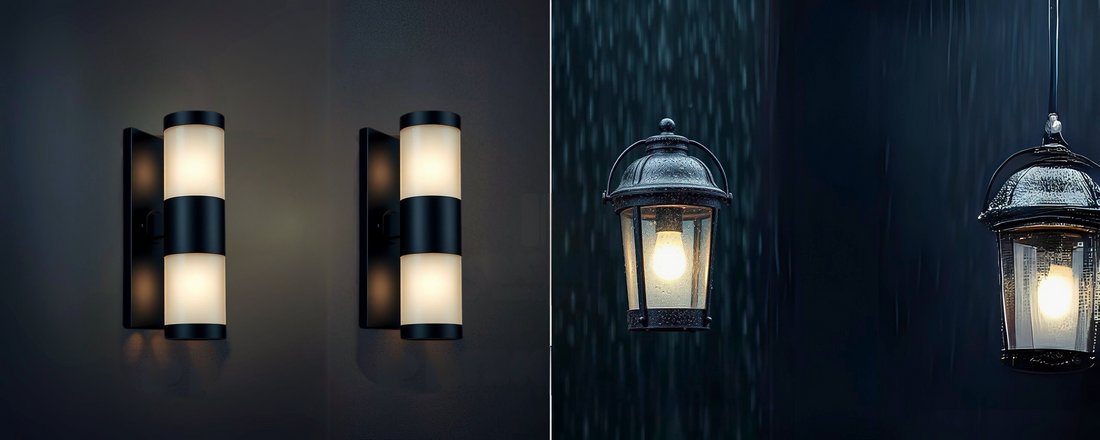
IP RATING - Explained
A Comprehensive Guide to Understanding IP Ratings for Lighting Fixtures

When shopping for lighting fixtures, whether for residential, commercial, or industrial use, one crucial aspect to consider is the Ingress Protection (IP) rating of the product. IP ratings are a standard used to define levels of sealing effectiveness of electrical enclosures against intrusion from foreign bodies (tools, dirt, etc.) and moisture. This guide will help you understand what these ratings mean and how to use them to choose the right lighting for your needs.
Key Points
- What Are IP Ratings?
- Rating Format:
- Outdoor Lighting IP Ratings at LEDSONE:
- Importance of IP Ratings:
- Verification of IP Ratings:
- Conclusion
What is an IP Rating?
IP ratings, or 'Ingress Protection' ratings, are defined by international standard EN 60529 (British BS EN 60529:1992). They are used to define levels of sealing effectiveness of electrical enclosures against intrusion from foreign bodies and moisture. The system uses the letters "IP" followed by two digits. The first digit indicates the level of protection that the enclosure provides against access to hazardous parts (e.g., electrical conductors, moving parts) and the ingress of solid foreign objects. The second digit indicates the level of protection against the ingress of water.

Understanding the IP Rating Chart
The IP rating chart is a vital tool that details the specific levels of protection provided by each rating. Here's a quick overview of what some of the more common IP ratings mean for lighting products:
- IP20 Rating: Protects against solid objects larger than 12.5mm (e.g., fingers) but has no protection against water. Suitable for general indoor use where no water risks exist.
- IP55 Rating:Dust protected and protected against water jets from any direction. Ideal for outdoor use or in bathrooms where moisture levels are high.
- IP65 Rating:Dust tight and protected against low-pressure water jets from any direction. Suitable for outdoor conditions and industrial environments where high moisture resistance is required.
- IP67 Rating:Dust tight and protected against the effects of immersion in water between 15cm and 1 meter for 30 minutes. Perfect for use in locations where equipment is washed down frequently or in certain outdoor settings where equipment might be temporarily submerged.
IP Rating Reference Chart
| IP Rating | Protection Against Solids | Protection Against Liquids |
|---|---|---|
| IP20 | Protected against solid objects over 12.5mm (e.g., fingers) | No protection against water |
| IP54 | Protected against solid objects over 1mm (e.g., wires) | Protection against water splashes from all directions |
| IP55 | Dust protected (limited ingress permitted) | Protected against low-pressure jets of water from all directions |
| IP65 | Dust tight (no ingress of dust) | Protected against low-pressure water jets from any direction |
| IP66 | Dust tight (no ingress of dust) | Protected against powerful water jets |
| IP67 | Dust tight (no ingress of dust) | Protected against the effects of temporary immersion in water (between 15 cm and 1-meter depth for 30 minutes) |
IP Ratings for Outdoor Lights at LEDSONE
Our outdoor lighting products are designed with durability and safety in mind, suitable for various environmental conditions. Here's a breakdown of the IP ratings available for our outdoor lights:
- Wall lights and Pathway lights: Typically IP65 rated, ensuring complete protection against dust and resistance to rain and water jets, making them ideal for garden and pathway applications.
- Floodlights and Security lights: Usually IP66 or IP67 rated, providing high-level protection against powerful water jets and temporary immersion, perfect for areas requiring robust lighting solutions.
- Decorative outdoor lamps: Often IP55 or IP44 rated, suitable for general outdoor use where direct water jets are less likely but protection against rain and moisture is still necessary.
Why IP Ratings Matter
The right IP rating not only ensures the durability of your lighting fixtures but also their safety and efficiency. Products with inappropriate IP ratings for their intended environment may fail prematurely due to dust ingress or water damage, leading to additional costs for replacement and installation. Moreover, using lighting products with the correct IP rating is crucial for compliance with safety regulations in commercial and industrial settings.
Verifying IP Ratings
When purchasing lighting fixtures, it's essential to verify the IP ratings to ensure they meet the necessary standards. This can often be confirmed through:
- Product Specifications: Manufacturers should list the IP rating clearly in the product details.
- Certification Marks: Look for certification from recognized testing organizations which confirm that the product meets specified IP ratings.
- Supplier Documentation: Reliable suppliers can provide certification or testing documents upon request.
Conclusion
Understanding IP ratings is crucial when selecting lighting fixtures to ensure they fit the environment in which they will be used. Whether it’s a damp bathroom, a dusty warehouse, or an exposed outdoor area, the correct IP rating will provide peace of mind through enhanced durability and safety. Always consult with a lighting expert or refer to detailed IP classification charts to ensure you are choosing the best product for your needs.




